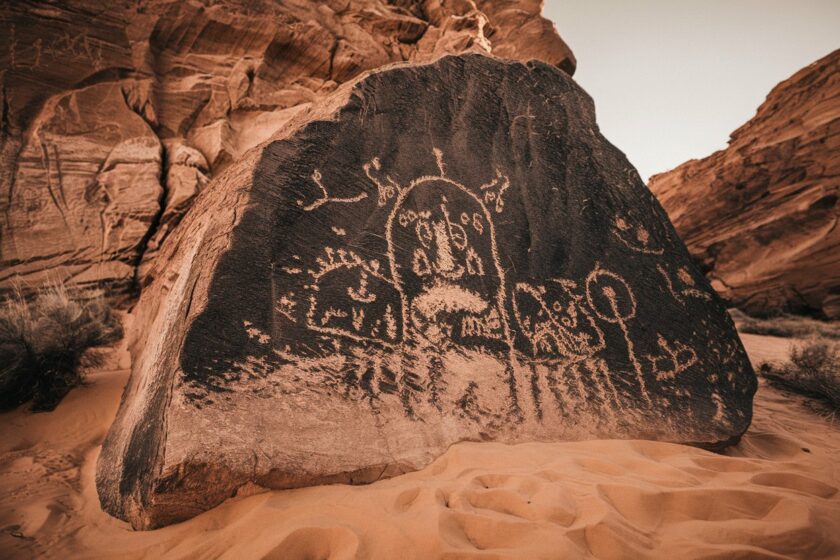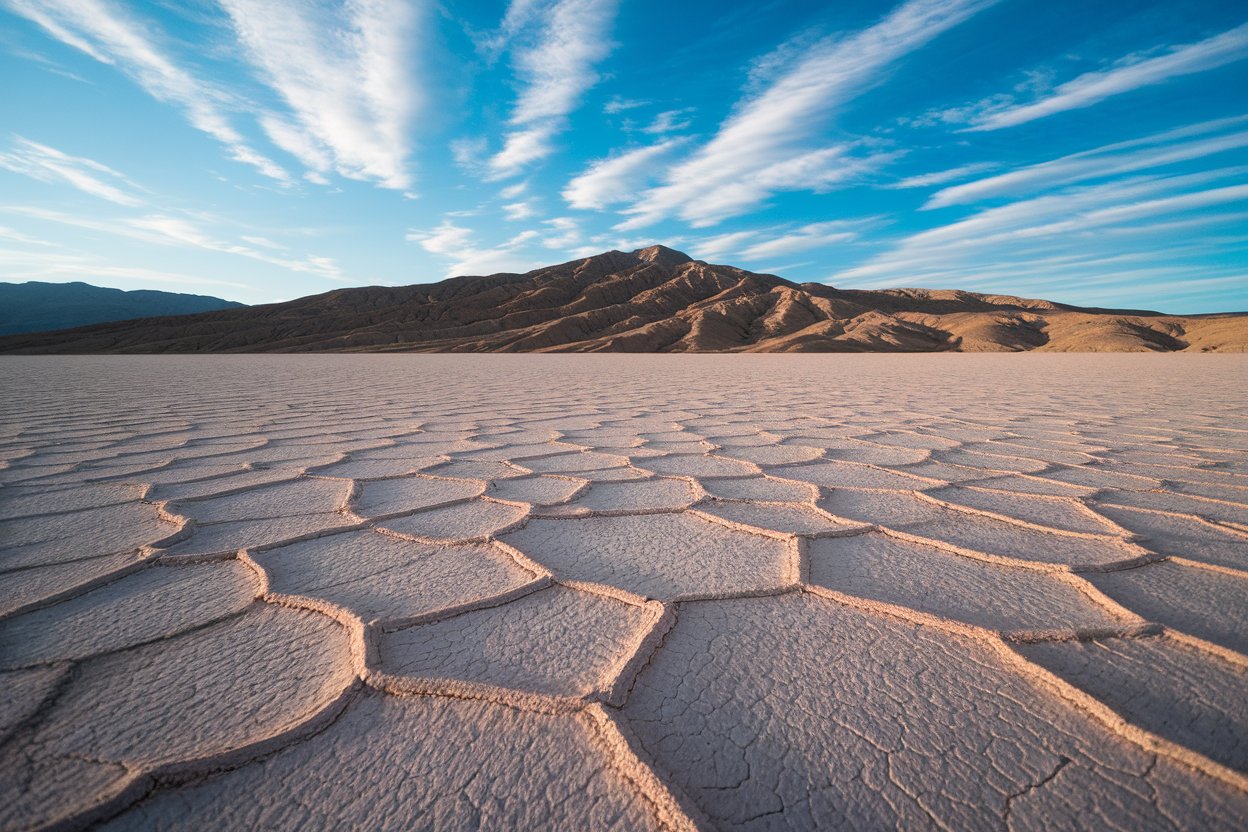The Atacama Desert, located in northern Chile, is often described as one of the most inhospitable places on Earth. With its arid landscape, it is so dry that some weather stations have never recorded any rainfall. Yet, this seemingly barren expanse is a treasure trove of natural resources and a rich tapestry of human history, making it a fascinating subject of exploration.
A Geological Marvel
Stretching over 1,000 kilometers and bordering Peru, Bolivia, and Argentina, the Atacama Desert is not just a desolate wasteland; it is a geological marvel. The desert’s high altitude brings the stars closer to the naked eye, making it a paradise for astronomers. The clear skies and minimal light pollution provide an unparalleled view of the cosmos, leading to the establishment of several world-class observatories, including the Very Large Telescope (VLT) on Mount Paranal. This facility has made significant contributions to our understanding of the universe, including the discovery of exoplanets and the observation of black holes.
The Atacama is also home to vast mineral wealth, particularly copper. Chile is the world’s leading copper producer, and the Atacama Desert houses some of the largest copper mines, such as Escondida and Chuquicamata. These mines have transformed the region into a hub of economic activity, contributing significantly to Chile’s GDP. The copper extracted from these mines is essential for various industries worldwide, and its value has skyrocketed in recent years, reflecting the growing demand for this vital resource.

The Human Element
The Atacama Desert is not just about its natural resources; it is also a canvas of human history. Long before the arrival of the Spanish, indigenous peoples, such as the Atacameños, thrived in this harsh environment. They developed sophisticated irrigation systems and adapted their lifestyles to the desert’s challenges. The remnants of their settlements and burial sites offer a glimpse into their rich cultural heritage.
The arrival of the Spanish in the 16th century marked a significant turning point. The quest for gold and silver led to the exploitation of the region’s resources, with the infamous Potosí silver mine becoming a symbol of colonial greed. The wealth extracted from the Atacama and surrounding areas fueled the Spanish Empire, but it came at a tremendous human cost, as indigenous populations were subjected to harsh labor conditions.
In the late 19th century, the Atacama became the center of the saltpeter boom, which further shaped its history. Towns like Pampa Unión emerged as bustling centers for miners, complete with bars and entertainment venues. However, as the demand for saltpeter waned, these towns fell into decline, becoming ghost towns that now serve as haunting reminders of a once-thriving industry.
Environmental Challenges
Despite its wealth, the Atacama Desert faces significant environmental challenges. The mining activities have led to severe pollution, with toxic chemicals being discharged into the landscape. The health impacts on local communities have been profound, prompting the evacuation of entire towns. The legacy of these industries is a stark reminder of the balance that must be struck between economic development and environmental stewardship.
Efforts are being made to address these issues, with some companies adopting more sustainable practices. However, the scars of past exploitation remain visible, and the challenge of reconciling economic interests with environmental protection continues.

A Cultural Melting Pot
The Atacama Desert is also a cultural melting pot, where indigenous traditions blend with Spanish colonial influences. Festivals celebrating local folklore and traditions are common, showcasing the rich cultural heritage of the region. The annual celebrations in towns like Latarna bring together diverse groups, including the Diabladas dancers and the Kichua weavers, highlighting the region’s vibrant cultural tapestry.
The desert’s unique landscapes, such as the Valle de la Luna, attract tourists seeking adventure and natural beauty. The surreal terrain, resembling the surface of the moon, offers a glimpse into the geological processes that have shaped the Earth over millennia. Tourists flock to the Atacama not only for its stunning vistas but also to experience the rich history and culture that permeate the region.
Conclusion
The Atacama Desert is a paradox—a place of extreme desolation that is also teeming with life, history, and opportunity. Its vast mineral wealth has driven economic growth, while its unique landscapes and cultural heritage draw visitors from around the globe. However, the environmental challenges posed by mining and industrial activities serve as a reminder of the need for sustainable practices.
As we continue to explore and understand the Atacama Desert, we must also respect its delicate ecosystems and the rich history of the people who have called it home. The desert is not just a backdrop for human activity; it is a living testament to the resilience of life in the face of adversity and a reminder of our responsibility to protect the natural world.




